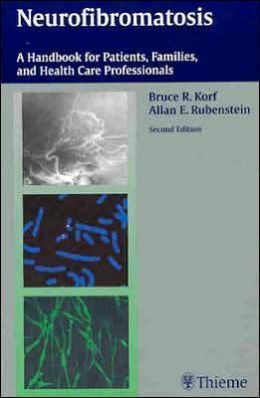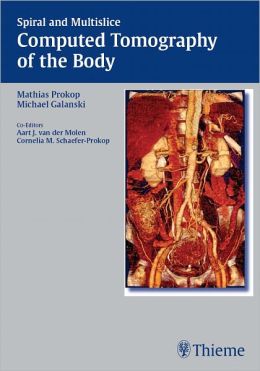-92%
Exploring the Depths of Aging: Theories and Mechanisms Unveiled
Aging, a complex and enigmatic process, has spurred a plethora of theories seeking to unravel its mysteries. This publication delves into the most prominent environmental and intrinsic mechanisms that drive the aging process and its pathological consequences. It provides a comprehensive overview of the latest theoretical and experimental findings, offering invaluable insights for specialists and practitioners alike.
Darwinian Evolution: The Selective Pressure of Time
Darwinian evolution’s imprint on aging is undeniable. Natural selection favors individuals with traits that enhance their survival and reproductive success. However, these same traits may inadvertently contribute to the accumulation of age-related damage. As organisms survive and reproduce, they accumulate mutations and other genetic alterations that can ultimately compromise their health and longevity. This evolutionary trade-off provides a compelling explanation for the aging process, highlighting the delicate balance between survival and longevity.
Cellular Aging: The Clock Within
The cellular level holds the key to understanding aging. As cells divide and replenish themselves, they undergo telomere shortening, a progressive loss of protective DNA sequences at the ends of chromosomes. With each cell division, telomeres erode, eventually reaching a critical point where cells can no longer divide effectively. This cellular senescence contributes to tissue dysfunction and the overall decline associated with aging.
Role of Cell Membranes: Guardians of Cellular Integrity
Cell membranes, the delicate barriers that surround cells, play a crucial role in maintaining cellular homeostasis and protecting against environmental insults. As we age, cell membranes undergo changes in lipid composition and fluidity, affecting their ability to regulate ion transport, nutrient uptake, and waste removal. These alterations can disrupt cellular function and contribute to age-related decline.
Free Radicals and Oxidative Processes: The Assault from Within
Free radicals, highly reactive molecules, are a byproduct of normal metabolism. While the body possesses mechanisms to neutralize these harmful substances, excessive free radical production can overwhelm these defenses. Oxidative stress, the resulting imbalance between free radicals and antioxidants, damages cellular components such as DNA, proteins, and lipids. This oxidative damage accumulates over time, contributing to cellular dysfunction and the aging process.
Receptor-Mediated Reactions: The Messenger Molecules of Aging
Receptor-mediated reactions are essential for cellular communication, enabling cells to respond to external signals. However, age-related changes in receptors and signaling pathways can disrupt cellular communication and lead to abnormal responses to stimuli. These alterations contribute to the decline in physiological functions and the development of age-related diseases.
Extracellular Matrix and Immune Functions: The Matrix of Longevity
The extracellular matrix, a complex network of proteins and carbohydrates, provides structural support for cells and tissues. As we age, changes in the composition and integrity of the extracellular matrix can affect cell-cell interactions, tissue organization, and immune function. These alterations contribute to the decline in tissue function and the increased susceptibility to infections and diseases associated with aging.
Environmental and Intrinsic Mechanisms: A Complex Interplay
The aging process is influenced by a complex interplay of both environmental and intrinsic factors. Environmental factors such as diet, exercise, and exposure to toxins can accelerate or decelerate aging. Intrinsic factors, such as genetic makeup and hormonal regulation, also play a crucial role in determining an individual’s rate of aging and susceptibility to age-related diseases. Understanding the intricate interplay of these factors is essential for developing effective strategies to promote healthy aging.
Conclusion: A Collaborative Quest for Insight
Aging remains a multifaceted phenomenon, constantly challenging our understanding and demanding further investigation. This publication provides a valuable contribution to the field, synthesizing the latest knowledge from diverse disciplines. By embracing a collaborative approach, researchers and practitioners can continue to unravel the complexities of aging, fostering a deeper understanding and paving the way for innovative interventions to promote healthy longevity.
maybe you like these too:
- Laboratory Manual for Non-Majors Biology 6th Edition (Original PDF from Publisher)
- Angiogenesis, Lymphangiogenesis and Clinical Implications
- Modern Imaging Evaluation of the Brain, Body and Spine, An Issue of Magnetic Resonance Imaging Clinics (The Clinics: Radiology) (Original PDF from Publisher)
- 2021 AABB Virtual Annual Meeting (Videos)










Reviews
Clear filtersThere are no reviews yet.